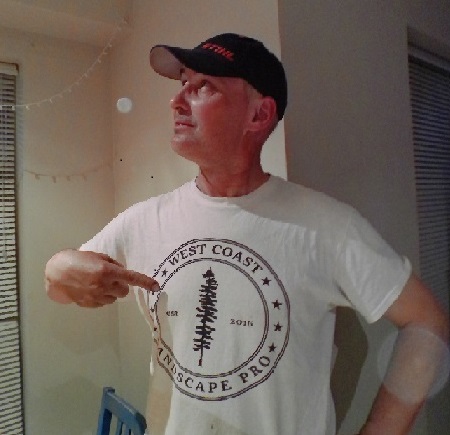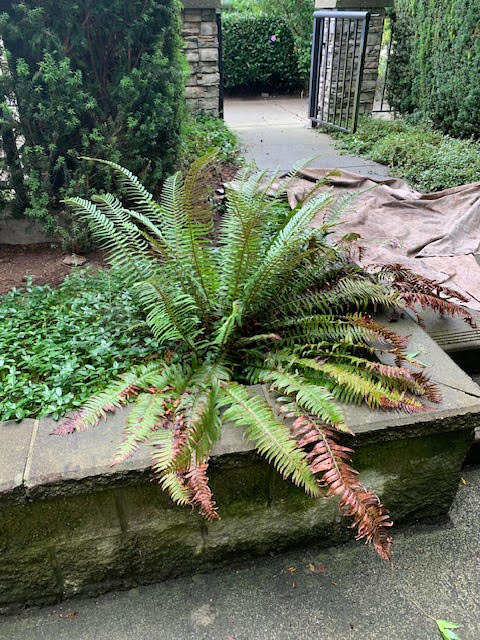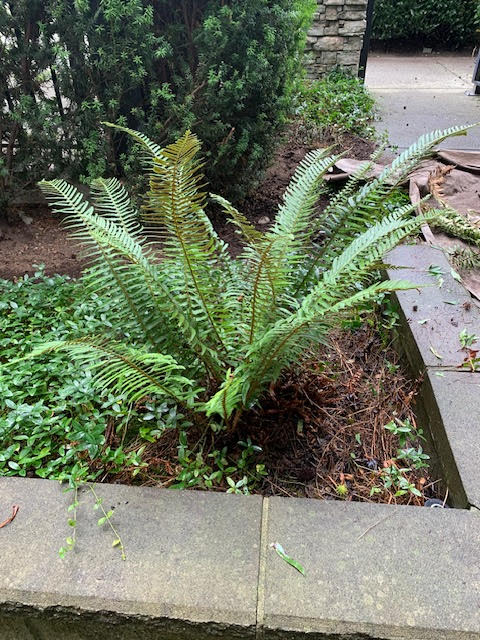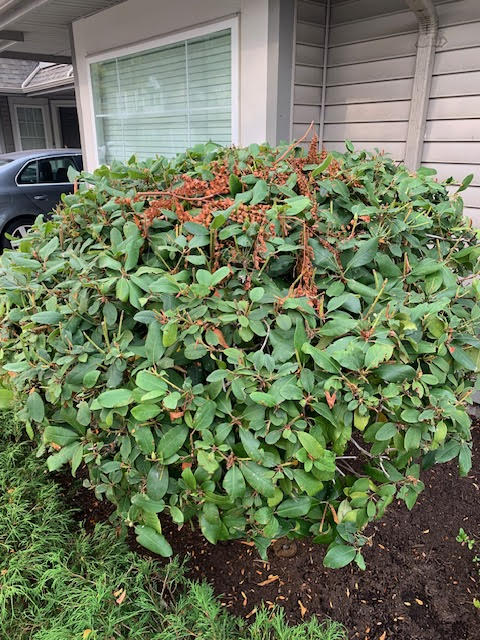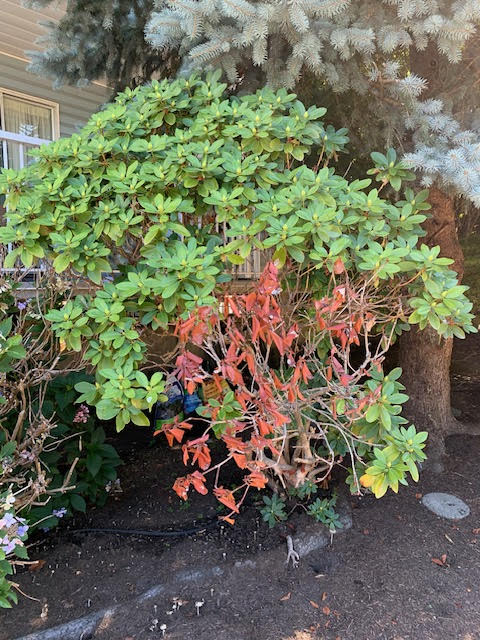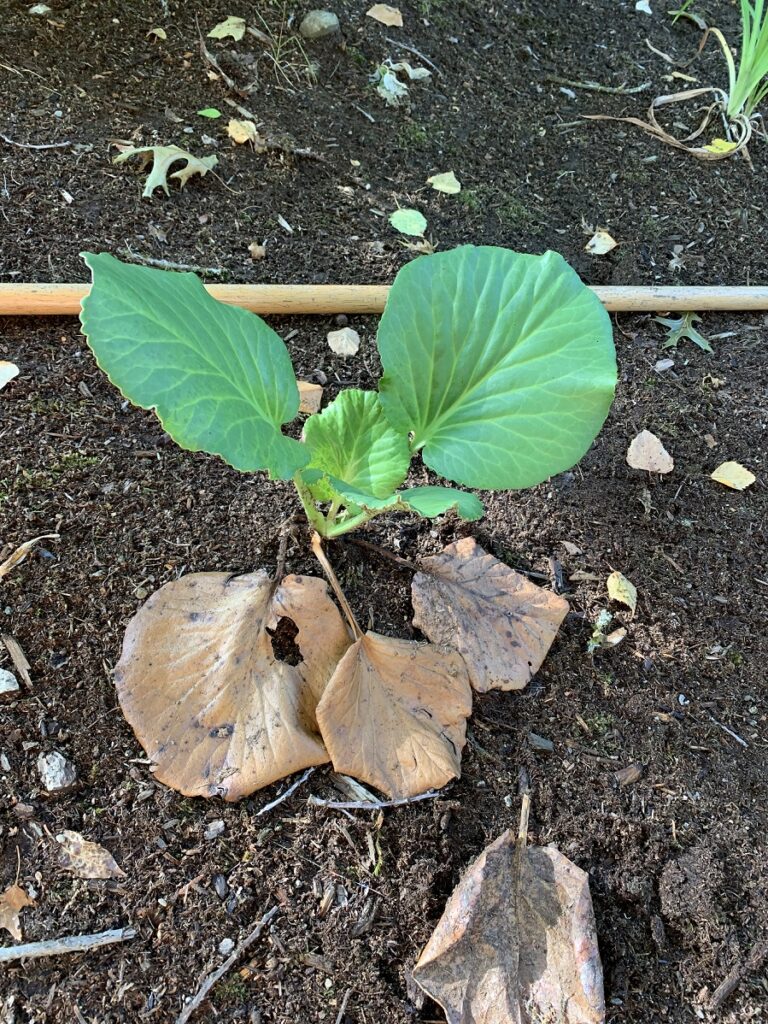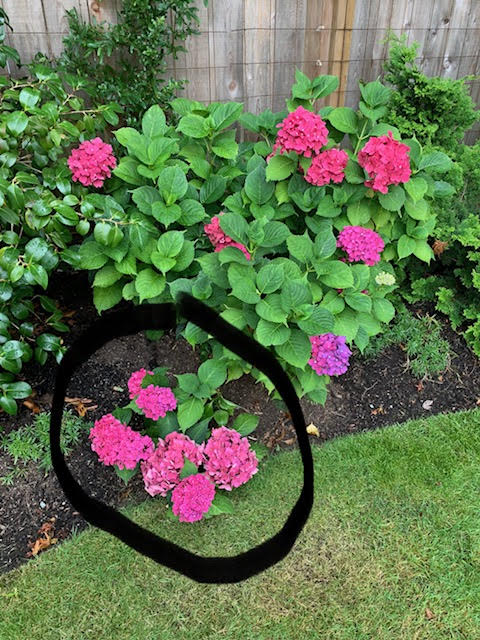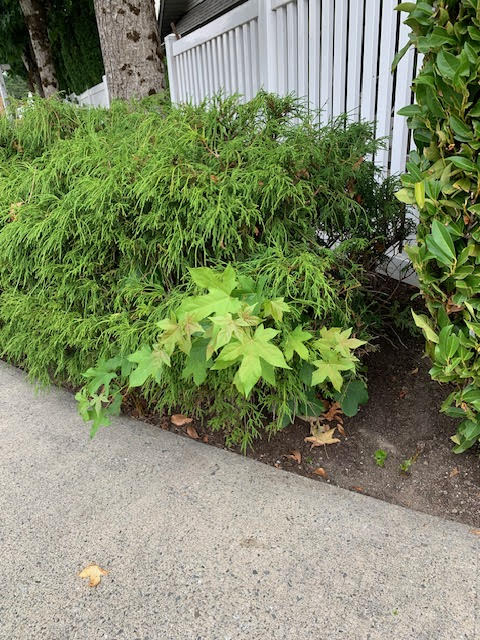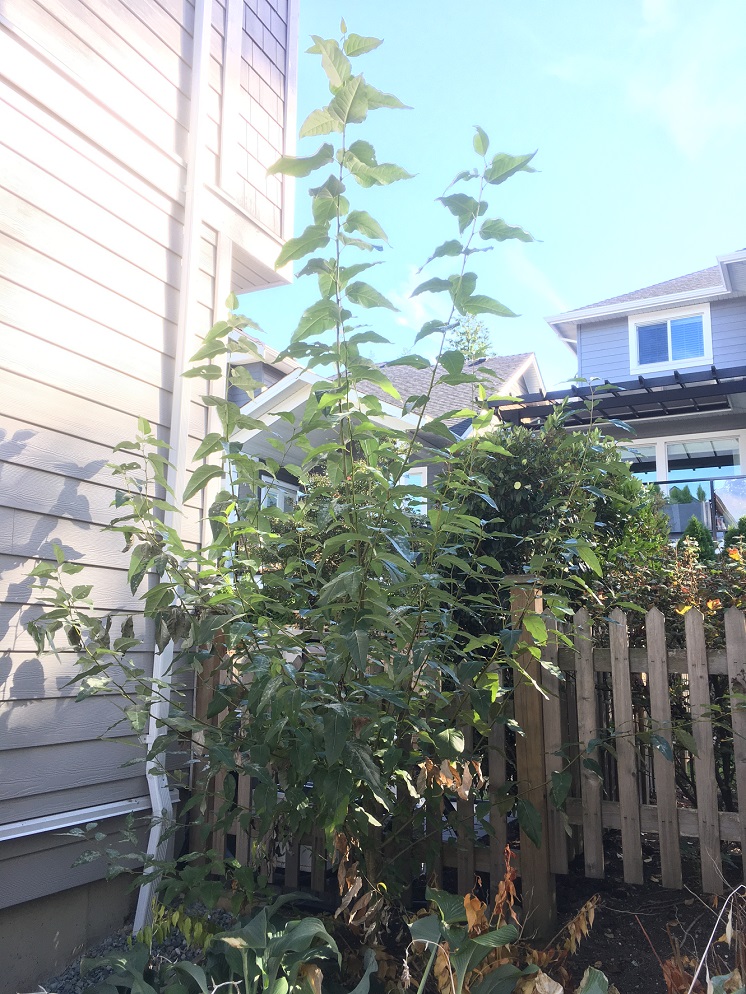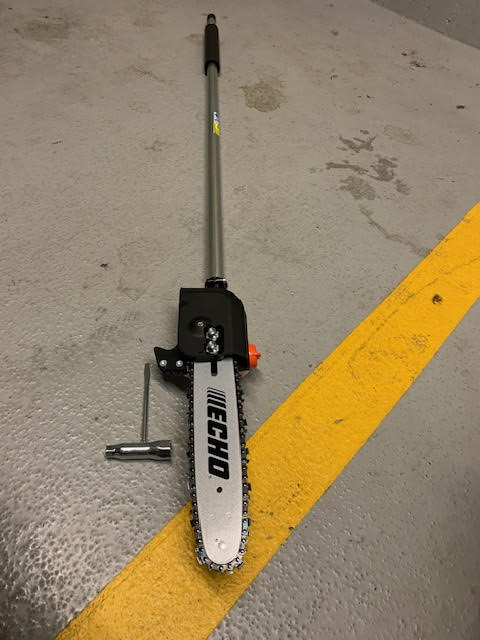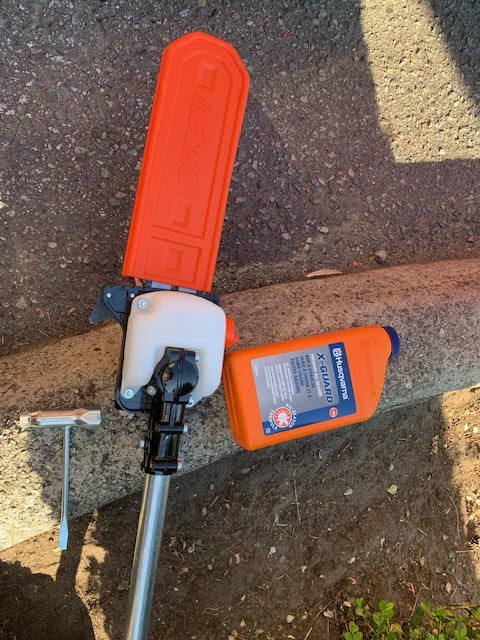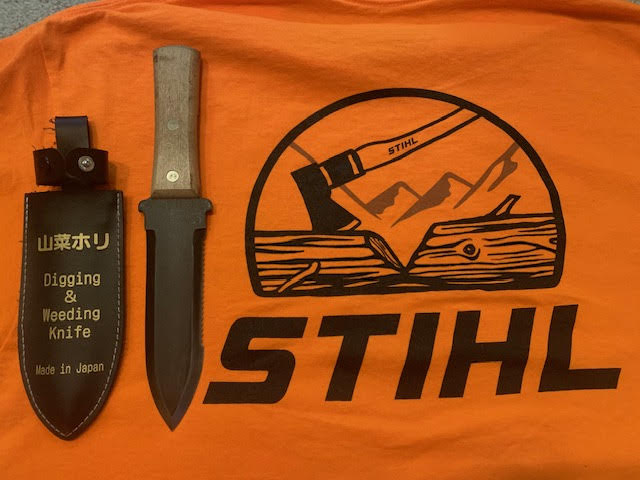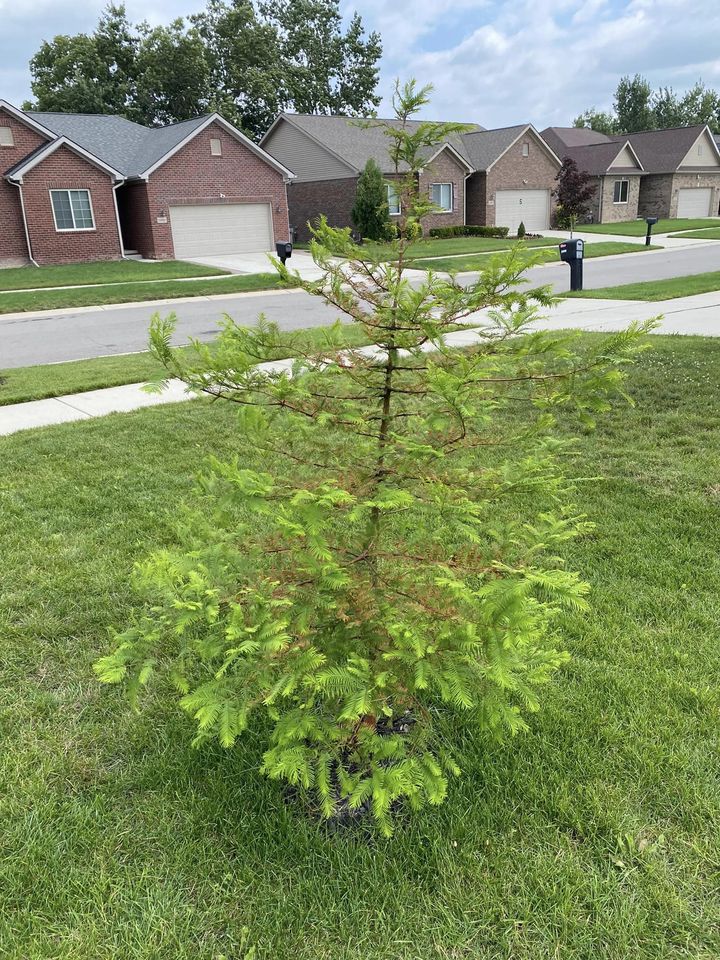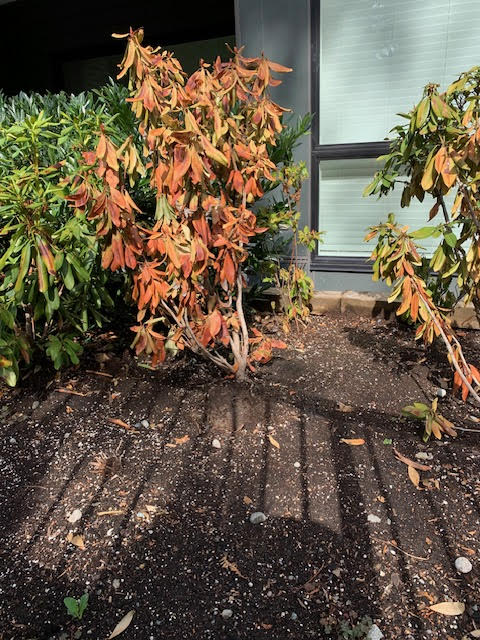Ask Red Seal Vas
I won’t lie to you, not every client follows my suggestion. But it does happen on occasion. Like when a young couple approached me about creating a screen along their front sidewalk. I was at their house to cut their neglected lawn; more weeds than lawn. So they asked me about potential plants for their sidewalk edge.
Now, cedar hedging is very common. The neighbours on both sides have cedar hedges (Thuja occidentalis); and I’ve seen studies from the UK showing how hard they work keeping pollution away from the house.
But given our warming climate, many plantings are now struggling to establish and survive. (See also my blog from December 11 about cedars and proper watering.) That’s why I hesitated when the young mother asked me for a good suggestion.
Portuguese laurels
Prunus lusitanica are very nice laurels with glossy leaves; they grow fairly fast and tolerate shearing. What we’re finding on our multi-family (strata) sites is that they tolerate summer heat much better; and establish better than cedars.
They also cost much more than cedars. Luckily, this young couple has the means to pimp out their newly built house. They paid and had the laurels installed. Obviously, the screen isn’t as tight as with cedars but that might be a good safety feature. There is an obvious screen but it will be difficult for pedophiles to hide behind it.
Next spring I will establish a deep edge between the laurels and the lawn for easier lawn care work and for nicer definition. As it is right now, I really like the laurels. I’m glad the owners went with my suggestion. I’m always happy to help!


Conclusion
If you need a hedging screen, definitely consider Portuguese laurels. They’re nice and glossy and they tolerate shearing and summer heat. But they will cost you more than cedars.


